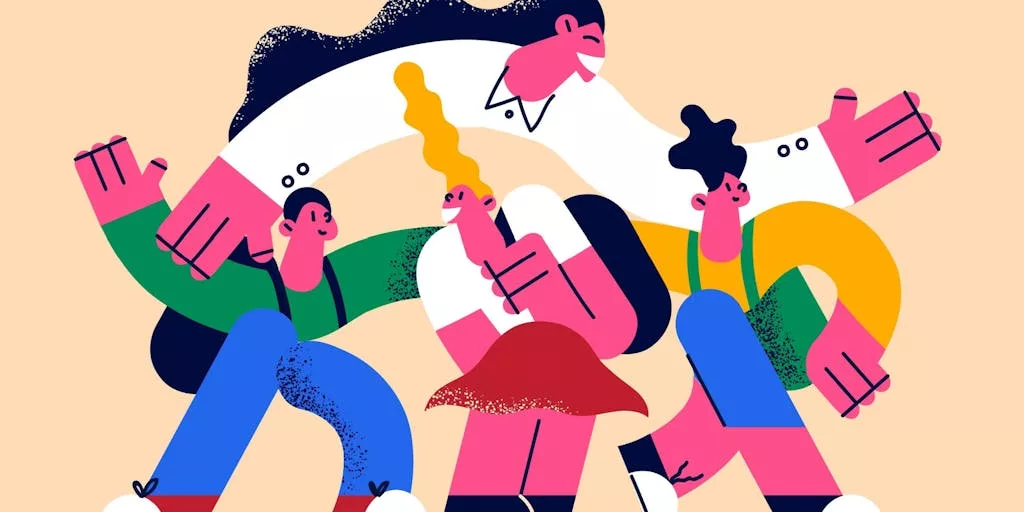[ad_1]
It is accepted wisdom that great associations in between teachers and their pupils guide to pupils who are eager to function harder in the classroom.
Could people beneficial feelings also have an influence in the other path, top instructors to up their tutorial activity?
As it turns out, of course.
A University of Missouri study uncovered that students who feel their teachers care about them also report getting superior instruction.
Researchers pulled details for two years (the 2017 and 2018 academic several years) from Missouri’s condition-extensive instructor evaluation method, in which learners rated teachers’ efficiency. They seemed at 4 instructional regions, hypothesizing that instructors with favourable college student associations would rating increased in performance:
- Cognitive engagement: Encouraged college students to feel deeply about the articles.
- Problem-resolving and critical thinning: Inspired trouble-resolving and significant thinking.
- Affective engagement in the articles: Ensured college students had been engaged.
- Tutorial checking: Monitored university student development and altered their educating strategy as wanted.
Researchers say that good teacher-scholar associations are inclined to commence declining just after 1st grade, with the most affordable fall in center college, just before night out in superior school.
The success showed that sure, learners throughout grade stages rated caring academics remarkably in the places of cognitive engagement, problem-solving, and educational checking. (There was an exception in the tutorial checking rankings among the seventh and eighth graders.)
“Our research supports preceding scientific studies that observed classrooms with much more constructive TSRs [teacher-student relationships], have instructors who are more likely to check-in, monitor, scaffold, and/or provide constructive suggestions to learners, have higher self-confidence in their students’ talents, and use much better scaffolding techniques for important pondering,” researchers wrote.
As for affective engagement, researchers arrived to think that the reverse of their hypothesis was true—that pupils who sense the articles is participating will go on to have better relationships with their teachers.
Older students were also more possible to report instructors employing complex, significant-impact instructing techniques. Researchers imagine it might be in component due to their age and advancement, and partly because secondary faculty academics are content professionals who can dive more deeply into their subjects.
“These cognitive developments permit adolescents to motive abstractly, integrate new information, and watch finding out progress more rapidly and less complicated,” scientists produce. “In addition, as study course articles gets far more tough in bigger grades, instructors may possibly are likely to use these sophisticated procedures much more generally.”
What could educators glean from the results? That maybe if they want to improve their training tactics, scientists say, a great put to start off would be improving their interactions with their college students.
“One way to make improvements to TSRs may perhaps be to use instructing methods that affectively interact learners in the content,” according to the report. “Effects are most likely to take place for all students but might be strongest for secondary pupils.”
[ad_2]
Resource connection
Meet Our Successful Graduates: Learn how our courses have propelled graduates into rewarding
careers. Explore their success stories here!
Discover More About Your Future: Interested in advancing your teaching career? Explore our
IPGCE, MA, and QTS courses today!

Explore Our Courses: Ready to take the next
step in your education journey? View our
comprehensive course offerings now!

